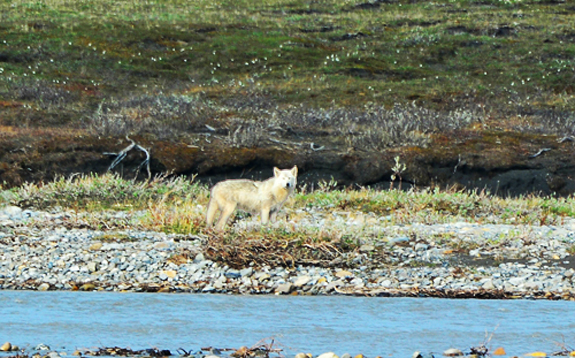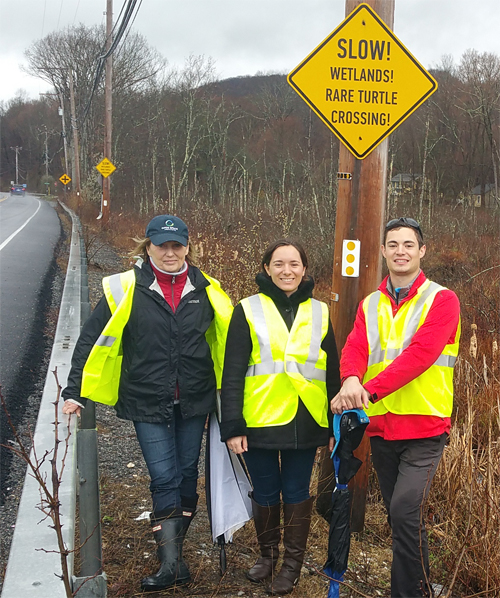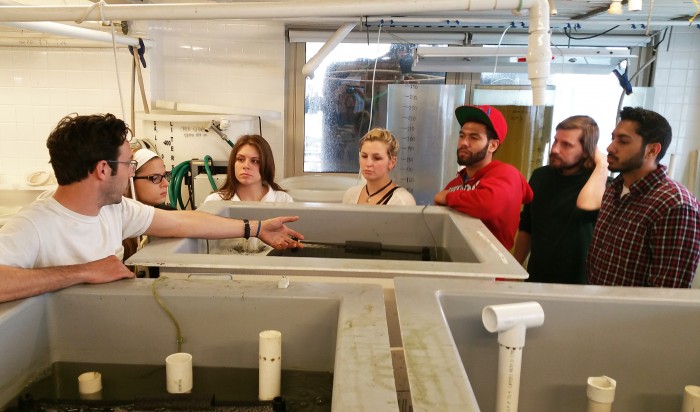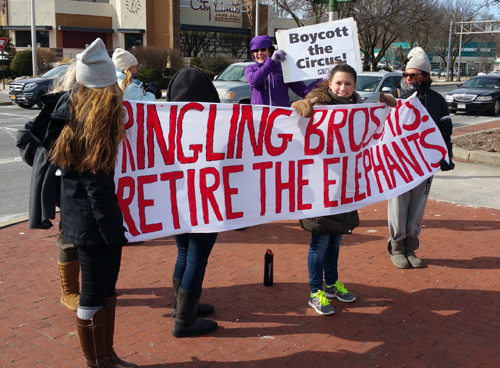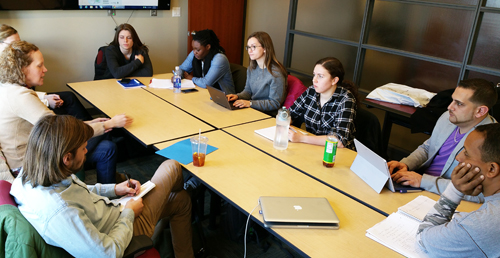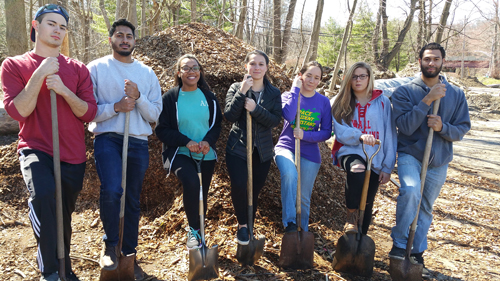By Frances Beinecke
President, Natural Resources Defense Council
Editor’s Note: The Arctic is in the crosshairs as never before (EarthDesk, August 8). Its melting ice is yielding to new sea lanes, the Obama administration is asserting America’s right to ever more accessible petroleum and minerals, and oil companies are likely to become freshly emboldened about the Arctic National Wildlife Refuge. “America doesn’t have to devour our natural heritage to power our economy,” writes Frances Beinecke. She should know. NRDC has been at the forefront of defending the Refuge for decades. In typical style, Frances combines the personal and political to remind us what is at stake. More on Frances and NRDC at the end of this post. — John Cronin
We had already been rafting for several hours when we saw the wolf. I had expected to see wildlife during our trip through Alaska’s Arctic National Wildlife Refuge, but the scene unfolding before us was a special treat. It started with the grizzly bear and her two cubs rooting around along the shore. They soon grew tired of the grass and lumbered into the water not far from our raft, letting the current carry them a few hundred feet.
As we watched them climb out, we noticed half a dozen caribou grazing on the opposite shore, their tawny coats just beginning to shed their winter thickness. Right beside them stood the wolf. I wondered what his next move would be—lunging at the caribou or running from the grizzlies. Instead, he sauntered slowly through the hot sunshine, laid down in the grass, licked his paws, and watched us float by.
I have seen many wild animals in my years of hiking and camping, but never I had I seen so many so close. Then again, the Arctic National Wildlife Refuge isn’t like most landscapes. It is a place of untamed abundance, from thundering caribou herds to towering mountain rangres to free-flowing rivers
We have successfully beaten back every attempt to exploit the refuge, but that doesn’t mean the fight is over
It is also an icon of American conservation. People have fought to protect this place from industrialization for decades. They stood strong when oil companies clamored time and again to sink their wells in this wilderness. Millions of ordinary citizens—most of whom will never travel to the refuge—raised their voices and said: Some places are too special to drill.
We have successfully beaten back every attempt to exploit the refuge, but that doesn’t mean the fight is over. The oil and gas industry is still trying to claim these public lands. They see the refuge as a symbol too, but to them it means: if we can drill here, we can drill anywhere. And so they try to leverage their influence in Congress to remove all barriers to the refuge and other wildlands beyond.
But let’s be clear: there is no shortage of drillable land. America is experiencing an explosion in oil and gas development. As of 2011, at least 141 million acres of American land were under lease by 70 of the largest oil and gas companies. That’s an area the size of California and Florida combined and more than 6 percent of the country. Domestic crude oil production rose from 5 million barrels a day in 2008 to 6.5 million barrels a day in 2012—reversing a decline that started in 1986
But at the same time, America has been busy reducing our need for fossil fuels. The Obama Administration raised fuel economy standards to 54.5 miles per gallon by 2025. These standards will also cut our oil imports by one-third and save consumers $1.7 trillion at the gas pump. Already our cars get 16 percent better gas mileage than they did in 2007, and there are 61 fuel-efficient models available in showrooms today, up from 28 in 2009.
America doesn’t have to devour our natural heritage to power our economy, but that hasn’t stopped oil and gas companies from lining up at the refuge’s doorstep.
When I was standing in meadows of purple lupine, pink primrose, and yellow saxifrage inside the refuge, it was easy to believe the wilderness stretched to the horizon. But when we flew out of the refuge in a bush plane, we quickly realized how close the industry is. Just 10 minutes into our flight, we could see the pipelines, roadways, airstrips, and drill pads of the massive oil fields connected to Prudhoe Bay.
The oil industry already has this infrastructure next to the refuge; it can’t wait to cross the threshold. But just because drilling in the refuge might be convenient for the richest companies on earth doesn’t mean the American people have to sacrifice one of our last wild places.
For the entire length of my career, citizens have worked to protect this place. Countless champions have devoted themselves to the task, from forester Robert Marshall to Supreme Court Justice William O. Douglas to NRDC Trustee Robert Redford. NRDC has been a leader in this effort, and we will continue the fight until the refuge is secure.
One of my personal heroes, Mardy Murie, was a central force in preserving the refuge. She wrote, “I feel so sure that, if we are big enough to save this bit of loveliness on our earth, the future citizens of Alaska and of all the world will be deeply grateful. This is a time for a long look ahead.”
I certainly hope my grandchildren will know that the Arctic National Wildlife Refuge remains unspoiled. They may never go, and indeed, it doesn’t matter if they do. This isn’t a refuge to see. It is a refuge to keep. To save for wildlife, for stillness, and for the very idea that humans can leave something alone.
«« »»
 Frances Beineke’s career began with a passion for service, a love of nature, and a willingness to start small. She writes in her bio, “I came to NRDC with a background in environmental studies and a strong desire to help protect the Northeastern forests and wild Western landscapes I loved so much. I started as an intern working to preserve forests through careful land use planning.” Today she is the president of NRDC, with its “1.4 million members and online activists and the courtroom clout and expertise of more than 350 lawyers, scientists and other professionals.” More about Frances here.
Frances Beineke’s career began with a passion for service, a love of nature, and a willingness to start small. She writes in her bio, “I came to NRDC with a background in environmental studies and a strong desire to help protect the Northeastern forests and wild Western landscapes I loved so much. I started as an intern working to preserve forests through careful land use planning.” Today she is the president of NRDC, with its “1.4 million members and online activists and the courtroom clout and expertise of more than 350 lawyers, scientists and other professionals.” More about Frances here.
![]() This post first appeared here, on NRDC’s Switchboard blog. To learn more from NRDC’s extraordinary staff of experts visit Switchboard.
This post first appeared here, on NRDC’s Switchboard blog. To learn more from NRDC’s extraordinary staff of experts visit Switchboard.
Read more about NRDC here.

